London-based Taiwanese chef Chang Er-chen (張爾宬) has had a year to remember. As well as being named one of the coolest female chefs in the British capital by Time Out magazine, her new restaurant, Xu (許儒華苑), has earned rave reviews in the national press, while diners have been lining up around the block to get into her award-winning concept restaurant Bao.
Not bad for someone whose culinary skills are largely self-taught and whose burgeoning group of eateries, set up with, respectively, brother and sister Chung Shing-tat (鍾承達) and Chung Wai-ting (鍾慧婷), began with a pop up selling guabao (Taiwanese pork belly buns, 割包) in a street market.
Chang, who hails from Taipei, arrived in the UK aged 14 to attend boarding school before studying at the Slade School of Fine Art. A trip home with co-chef Shing-tat, who is now her husband, provided the inspiration for their culinary adventure.
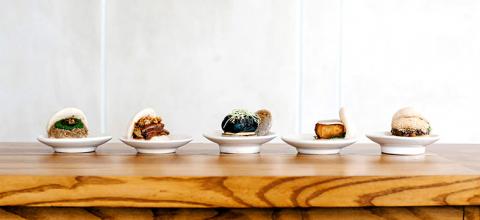
Photo courtesy of Chang Er-chen
“After university we went back to Taiwan to travel and fell in love with guabao,” Chang says. “After we came back we began testing bao recipes and started doing pop ups. We just really wanted to bring this amazing Taiwanese food to London and share our love of it.”
The transition from art student to chef was not as drastic as one might think, as the Chungs’ Hong Kong-born parents were restaurateurs in Nottingham in central England.
“Shing and Ting grew up living above their family restaurants. They have always had dreams of owning their own place. I grew up in Taipei in a family where food was an important part of life,” Chang says.
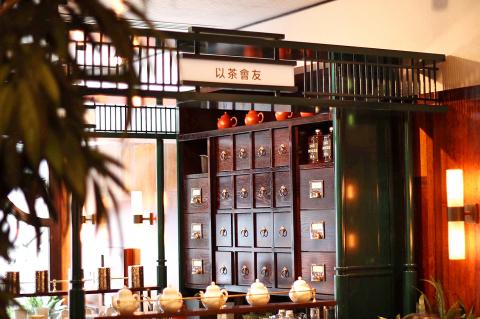
Photo courtesy of Chang Er-chen
Her art studies were put to good use when the trio opened their first stall, and have subsequently played an important part in the design of their more ambitious recent projects.
“When we first started we made everything — from the food, to the stand, to the aprons and light box, similar to what we used to do in art school,” Chang says. “It is the materializing of a street food stand, a restaurant, that excites us and that’s not too dissimilar to creating art.”
In 2015 Chang and the Chungs launched Bao in Soho, the heart of London’s bar and restaurant scene. Its simple but stylish interior and short guabao-based menu has proved so successful that there is now another branch as well as a host of imitators.
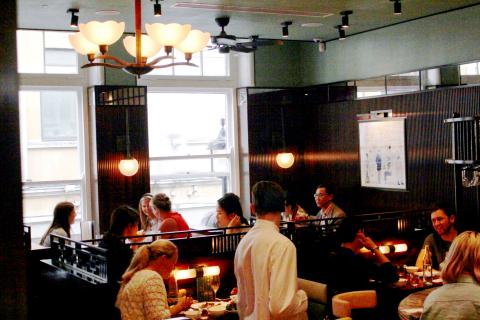
Photo courtesy of Chang Er-chen
“Taiwanese food was certainly not known at that time but now everybody knows what bao is, which I’m very happy with,” Chang says. “I want to push more Taiwanese culture through food and restaurants.”
She’s done a good job so far — no mean feat in a country with a relatively small Taiwanese expat community and only a handful of Taiwanese restaurants.
Googling her name reveals a host of articles extolling the joys of the likes of oyster congee and taro root, not only in London’s press but in the main quality national newspapers, as well as specialty food and catering publications.
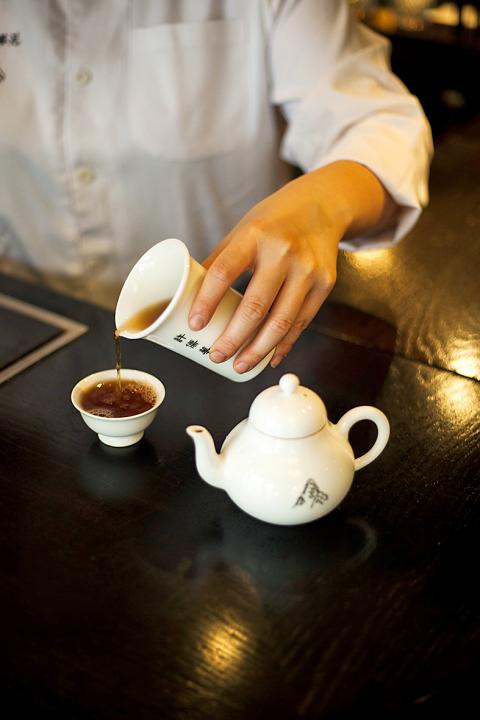
Photo courtesy of Chang Er-chen
Her latest venture, Xu, is a more sophisticated venue and offers Londoners a uniquely Taiwanese dining experience. Billed as a “cinematic reinterpretation of 1930s Taipei” Xu describes itself as “theatrical yet relaxed” and incorporates a tea room, dining room and mahjong rooms.
Chang’s artistic background is evident in the restaurant’s interior, featuring hand-painted murals, wooden ceiling fans and a marble bar with pink leather seats. As well as Michelin-star quality local produce, tea imported from Taiwan features prominently on the menu. Xu has a dedicated tea kiosk and its own tea master, something else that helps it to stand apart from its neighbors in London’s Chinatown.
Chang has tried to keep dishes as authentic as possible, with the likes of pig’s blood cake and century egg featured on the menu. Even stinky tofu could be set for an appearance.
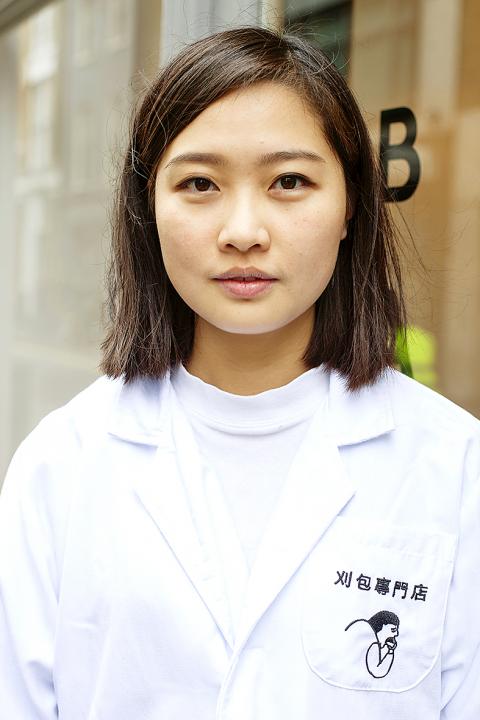
Photo courtesy of Chang Er-chen
“I think stinky tofu will be very popular in London, to be honest,” Chang says. “Londoners are so open to different regional food at the moment. People are waiting for new excitements all the time. We just need a big enough space to make it.”
Testament to Chang’s success in creating an authentic dining experience at both Bao and Xu comes from the high number of Taiwanese expat customers and their positive feedback.
Her success has had one downside, however, as Chang now has less time for trips home to Taiwan.
“I used to go back once or twice a year but now with three restaurants I’m finding less and less time to go,” she says.
“But I have my family in Taiwan and have many Taiwanese chefs or front of house staff that go to Taiwan frequently, so I do continue to source and get amazing Taiwanese produce such as aged white soy, aged pomelo tea, sesame oil and tea tree oil.”

As I finally slid into the warm embrace of the hot, clifftop pool, it was a serene moment of reflection. The sound of the river reflected off the cave walls, the white of our camping lights reflected off the dark, shimmering surface of the water, and I reflected on how fortunate I was to be here. After all, the beautiful walk through narrow canyons that had brought us here had been inaccessible for five years — and will be again soon. The day had started at the Huisun Forest Area (惠蓀林場), at the end of Nantou County Route 80, north and east

Specialty sandwiches loaded with the contents of an entire charcuterie board, overflowing with sauces, creams and all manner of creative add-ons, is perhaps one of the biggest global food trends of this year. From London to New York, lines form down the block for mortadella, burrata, pistachio and more stuffed between slices of fresh sourdough, rye or focaccia. To try the trend in Taipei, Munchies Mafia is for sure the spot — could this be the best sandwich in town? Carlos from Spain and Sergio from Mexico opened this spot just seven months ago. The two met working in the

Exceptions to the rule are sometimes revealing. For a brief few years, there was an emerging ideological split between the Democratic Progressive Party (DPP) and Chinese Nationalist Party (KMT) that appeared to be pushing the DPP in a direction that would be considered more liberal, and the KMT more conservative. In the previous column, “The KMT-DPP’s bureaucrat-led developmental state” (Dec. 11, page 12), we examined how Taiwan’s democratic system developed, and how both the two main parties largely accepted a similar consensus on how Taiwan should be run domestically and did not split along the left-right lines more familiar in

This month the government ordered a one-year block of Xiaohongshu (小紅書) or Rednote, a Chinese social media platform with more than 3 million users in Taiwan. The government pointed to widespread fraud activity on the platform, along with cybersecurity failures. Officials said that they had reached out to the company and asked it to change. However, they received no response. The pro-China parties, the Chinese Nationalist Party (KMT) and Taiwan People’s Party (TPP), immediately swung into action, denouncing the ban as an attack on free speech. This “free speech” claim was then echoed by the People’s Republic of China (PRC),